
The historical dictionaries present essential information on a broad range of subjects, including American and world history, art, business, cities, countries, cultures, customs, film, global conflicts, international relations, literature, music, philosophy, religion, sports, and theater. Written by experts, all contain highly informative introductory essays of the topic and detailed chronologies that, in some cases, cover vast historical time periods but still manage to heavily feature more recent events.
Brief AZ entries describe the main people, events, politics, social issues, institutions, and policies that make the topic unique, and entries are cross-referenced for ease of browsing. Extensive bibliographies are divided into several general subject areas, providing excellent access points for students, researchers, and anyone wanting to know more. Additionally, maps, photographs, and appendixes of supplemental information aid high school and college students doing term papers or introductory research projects. In short, the historical dictionaries are the perfect starting point for anyone looking to research in these fields.
HISTORICAL DICTIONARIES OF SPORTS
Jon Woronoff, Series Editor
Competitive Swimming , by John Lohn, 2010.
Basketball , by John Grasso, 2011.
Golf , by Bill Mallon and Randon Jerris, 2011.
Figure Skating , by James R. Hines, 2011.
The Olympic Movement, Fourth Edition , by Bill Mallon and Jeroen Heijmans, 2011.
Tennis , by John Grasso, 2011.
Soccer , by Tom Dunmore, 2011.
Cycling , by Jeroen Heijmans and Bill Mallon, 2011.
Skiing , by E. John B. Allen, 2012.
Track and Field , by Peter Matthews, 2012.
Historical Dictionary of Track and Field
Peter Matthews

The Scarecrow Press, Inc.
Lanham Toronto Plymouth, UK
2012
Published by Scarecrow Press, Inc.
A wholly owned subsidiary of The Rowman & Littlefield Publishing Group, Inc.
4501 Forbes Boulevard, Suite 200, Lanham, Maryland 20706
www.rowman.com
10 Thornbury Road, Plymouth PL6 7PP, United Kingdom
Copyright 2012 by Peter Matthews
All rights reserved . No part of this book may be reproduced in any form or by any electronic or mechanical means, including information storage and retrieval systems, without written permission from the publisher, except by a reviewer who may quote passages in a review.
British Library Cataloguing in Publication Information Available
Library of Congress Cataloging-in-Publication Data
Matthews, Peter, 1945
Historical dictionary of track and field / Peter Matthews.
p. cm. (Historical dictionaries of sports)
Includes bibliographical references.
ISBN 978-0-8108-6781-9 (cloth : alk. paper) ISBN 978-0-8108-7985-0 (ebook)
1. Track and fieldHistoryDictionaries. I. Title.
GV1060.5.M363 2012
796.42dc23
2011048496
 The paper used in this publication meets the minimum requirements of American National Standard for Information SciencesPermanence of Paper for Printed Library Materials, ANSI/NISO Z39.48-1992.
The paper used in this publication meets the minimum requirements of American National Standard for Information SciencesPermanence of Paper for Printed Library Materials, ANSI/NISO Z39.48-1992.
Printed in the United States of America
Editors Foreword
Track and field, as we know it today, is a relatively recent sport, or collections of sports, going back only a century or so. But there is no doubt that the origins reach further back, certainly to the Ancient Egyptians and Greeks, and usually well before, and actually beyond recorded history in a sense. Running, jumping, and throwing were basic human activities even before they became sports. And over time they have been refined into racing, for various distances and in various forms (sprint, relay, race walk, marathon); jumping, this including long jump, pole vault, and other variations; and throwing, which takes the form of, among other things, shot put, discus, and hammer. There are also combinations, such as racing and jumping in hurdles and jumping and throwing in the pentathlon and heptathlon. These were once strictly amateur; indeed, doing this professionally was heavily penalized by the purists, until recently when nearly all sports have gone professional. They are also extremely popular, not only in the sense of drawing huge crowds or being watched by the masses on television, but in perhaps the healthiest sense of being practiced and enjoyed by vast numbers of people at school; at the national, regional, and world levels; or just going out and doing it on their own.
Historical Dictionary of Track and Field , of course, deals mainly with the more recent period, although it does trace the origins and especially the early days of amateur and professional competition on an international level, following events up to the present day. It is chock full of entries on top athletes of all nationalities, male and female, since this arena has long included both sexes, although not competing against one another, in most cases. And it has other entries on major sporting nations, not only the top ones whose athletes have come out ahead most often, but others that are particularly strong in one aspect or another, and some that have not achieved much in the way of titles but are still broadening the field. As per usual, the bulk of the information on sports, nations, and athletes can be found in the dictionary section. But it builds on a selective chronology, covering several millennia, the past century and a half most densely. The introduction provides an overall view of track and field. And, in this case, it is good to take a look now and then at the list of acronyms and abbreviations, which identifies the major associations and nations. The bibliography includes a detailed listing of sources for those who want to read and find out more.
It is hard to think of anyone who knows more about track and field than Peter Matthews, who has been following the sport since he was 10 and covered it for the media for more than 35 years. This was done on the radio, mainly for the BBC, and then on television, for the BBC, ITV, and the International Association of Athletics Federations (IAAF), but also in print, as editor of the International Athletics Annual , then editor of the Guinness Book of Records and Guinness Book of Athletics Facts and Feats , and more broadly the Guinness International Whos Who of Sport . More recently, he has been co-producing Athletics International , which provides a regular stream of information on athletics. During this long and full career, Matthews has also gotten to know the sports from inside, covering seven Olympic Games, including a stint as media information manager in Atlanta in 1996 and part of the Sydney Organization Committee in 2000. He is set to provide athletics commentary on the world feed from the London Olympics in 2012. Building on this experience and insight, he has been able to gather an amazing range of information, present it in a coherent and often interesting form, and help the reader develop a deeper knowledge.
Jon WoronoffSeries Editor
Readers Note
While the essence of sport is competition between individuals and teams, track and field athletics is essentially measurable, with athletes being judged on their performances in terms of time or distance. For many years, measurements have been made almost exclusively in the metric system universally, except in the United States. Great Britain, for instance, switched from imperial to metric measurements in the sport in 1969, so most distances are expressed in metric terms and are marked km for kilometer and m for meter in this book. Relatively few use miles (m), feet (ft), inches (in), or yards (y). Times are indicated in minutes, seconds, and fractions of seconds, thus 12:23.18, or for long distances, such as the marathon, as hours, minutes, and seconds, thus 2:03:59. Weights are expressed as kilograms (kg) or grams (g), with some references to pounds (lbs).

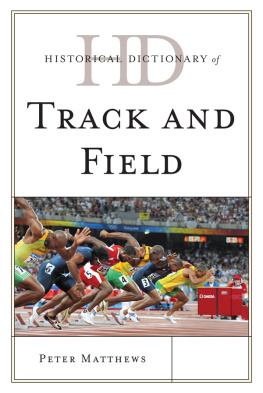




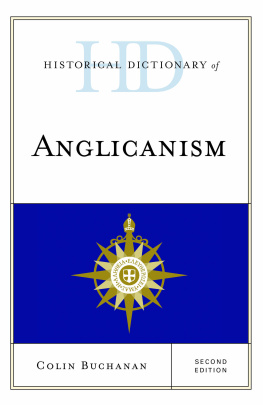
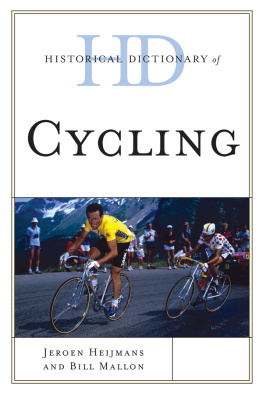
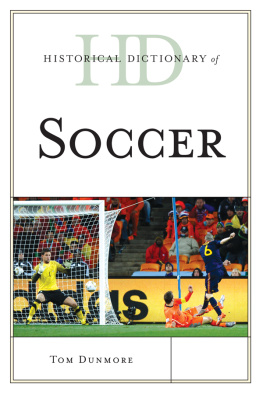
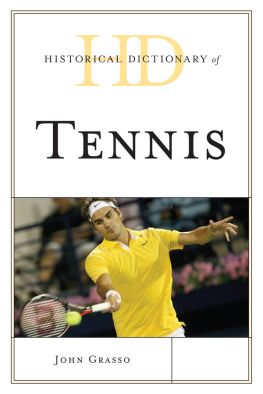

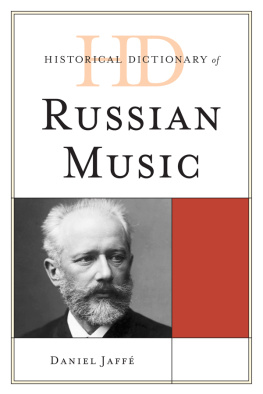
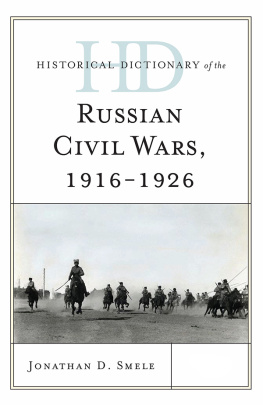
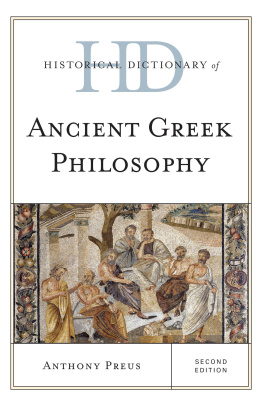



 The paper used in this publication meets the minimum requirements of American National Standard for Information SciencesPermanence of Paper for Printed Library Materials, ANSI/NISO Z39.48-1992.
The paper used in this publication meets the minimum requirements of American National Standard for Information SciencesPermanence of Paper for Printed Library Materials, ANSI/NISO Z39.48-1992.